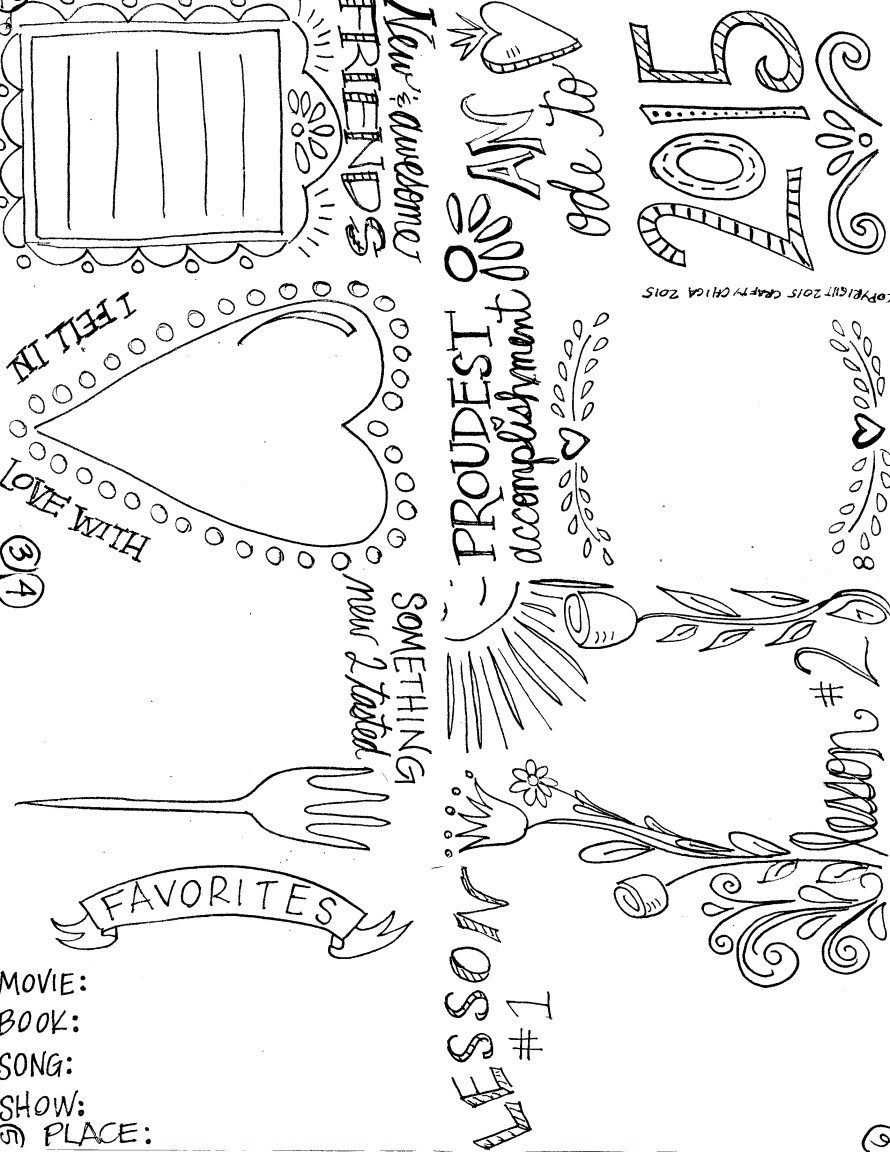Many of us have a hard time maintaining a vibrant prayer life.
Even when we manage to set aside time to pray, we can still feel like we're not doing it right:
- Our minds drift, distracted by worries and a never-ending To-Do list.
- Our time with God doesn't always feel relational.
- We get the sense we're doing a lot of talking, but not much listening.
- We might even feel a vague sense of unworthiness, knowing there are areas of our lives where we're coming up short and imagining God will want us to focus on those very areas.
Obstacles to a Healthy Prayer Life
Priscilla Shirer understands the challenges of prayer, but believes it is the only way we can experience lasting victory in the Christian life.
"The fact is this: Unless prayer is a vital and thriving part of your life, you will never achieve spiritual victory," she said.
Here are five signs of an unhealthy prayer life.
1. You are too busy for prayer.
From the moment we wake, we are bombarded with tasks that have to happen: everyday burdens that steal away our attention and effort from things that truly matter.
"It's hurried and our prayers are vague," Priscilla said. "I've begun the discipline of writing down my prayers and posting them. Not only so that I won't forget to pray, but also because it helps me to be more specific, targeted and strategic in my prayers."
Try carving out a time in your day where you can relax from the necessities of life and focus on opening your heart to God in prayer. Before you entire this time with God, write down your thoughts in detail and share them with Him.
2. You are distracted.
Your smartphone buzzes. Probably a new email. You hear a crash in the kitchen—it sounds like broken glass. Then ...
We are distracted now more than ever. And these seemingly innocent diversions have a negative effect on our communication with God.
Just as writing down our prayers can help us stay more focused, writing down our distracting thoughts can actually help us get them out of our minds, so we can return to praying.
"When something comes to your mind that threatens to take you off course—stop and write it down, or type into your smartphone," Priscilla said. "This way you can feel confident that you won't forget about it. Then, get back to the task at hand—prayer. Your list will be there, waiting for you when you are finished."
3. Your prayers are comfortable.
We live in a culture of comfort where spiritual complacency is a hindrance to prayer, godly living and the advance of the Kingdom. Because of this culture, we have to continually assess where we are. Ask yourself these questions:
- Where am I spiritually?
- How does my prayer life reflect my relationship with God?
- What is the focus of my prayer life?
First Peter 5:8 is a wake-up call: "Be serious! Be alert! Your adversary the Devil is prowling around like a roaring lion, looking for anyone he can devour."
"The enemy celebrates lethargic Christian living," Priscilla said. "When we're yielding to our appetites without putting up much, if any, resistance, he can basically go unchecked, wreaking havoc in the lives of God's children. Ultimately, he can hamstring the church from achieving the purposes of God."
4. You are easily discouraged by God's answers.
"Sometimes waiting on God can be some of the hardest times in our lives," Priscilla said. "If we will continue to press in, we will find that the journey, that season of stillness and silence, allows us to have more communion and fellowship with God then we would have, had God given us an answer quickly. He is working behind the scenes, not only in our circumstances, but also in our own hearts."
Waiting is hard. If God answers your prayers with silence, a "No" or a "Not now," remember that He is always working on your behalf.
5. Your prayer life doesn't match your public life.
We need to be living with integrity, though not perfection, if we're to have a vibrant, effective prayer life.
"A key to a successful prayer life is to make sure that we are actually living a life that is in alignment with our prayers," Priscilla said. "God is not a genie in a bottle who answers whatever our requests are, no matter how we're living. The prayers of a righteous person are the ones that are powerful and effective."
"Prayer is not just for fighting spiritual battles," she said. "Prayer is for knowing God and relating to Him in all of life."
















 How often do you get sick?
How often do you get sick?  How is your sex drive?
How is your sex drive?